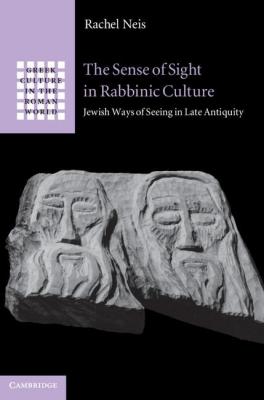Cambridge University Press, 2013
This prize winning book studies the significance of sight in rabbinic cultures across Palestine and Mesopotamia (approximately first to seventh centuries). It tracks the extent and effect to which the rabbis living in the Greco-Roman and Persian worlds sought to appropriate, recast and discipline contemporaneous understandings of sight. Sight had a crucial role to play in the realms of divinity, sexuality and gender, idolatry and, ultimately, rabbinic subjectivity. The rabbis lived in a world in which the eyes were at once potent and vulnerable: eyes were thought to touch objects of vision, while also acting as an entryway into the viewer. Rabbis, Romans, Zoroastrians, Christians and others were all concerned with the protection and exploitation of vision. Employing many different sources, Professor Neis considers how the rabbis engaged varieties of late antique visualities, along with rabbinic narrative, exegetical and legal strategies, as part of an effort to cultivate and mark a ‘rabbinic eye’.
Winner of the Salon Baron Prize for best first book in Jewish Studies in 2013.
Honorable mention for the Jordan Schnitzer Award for books published in Biblical Studies, Rabbinics, Jewish History and Culture in Antiquity in 2010-2013.


